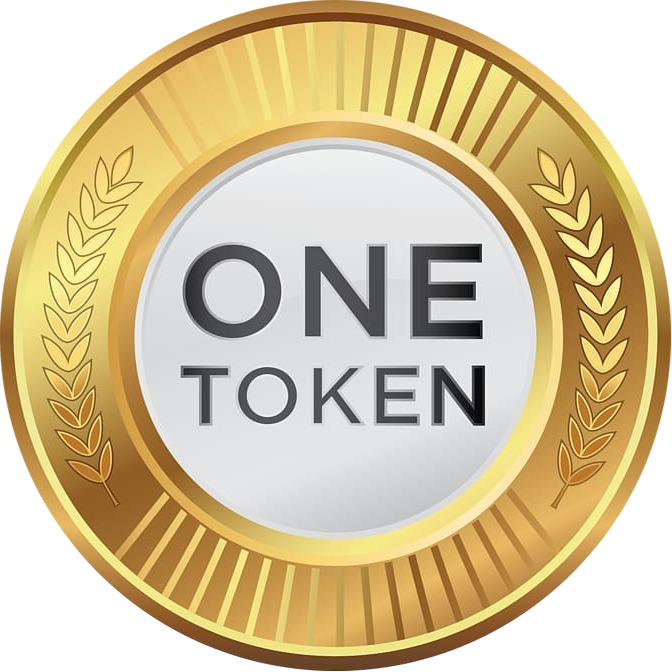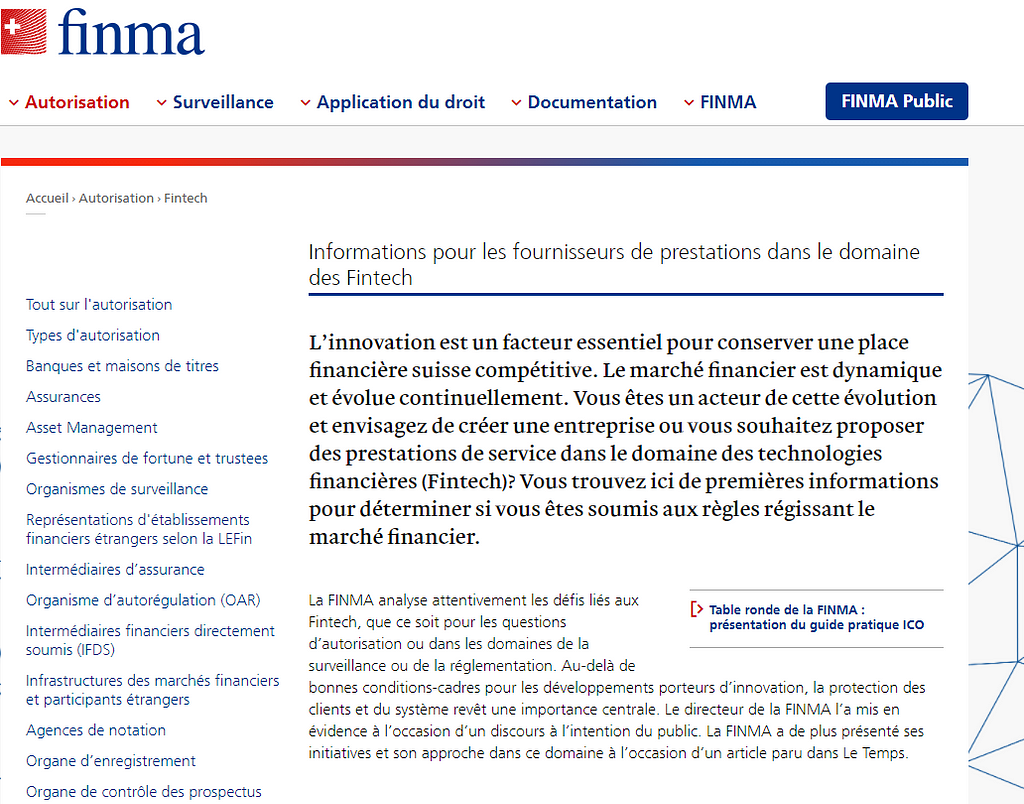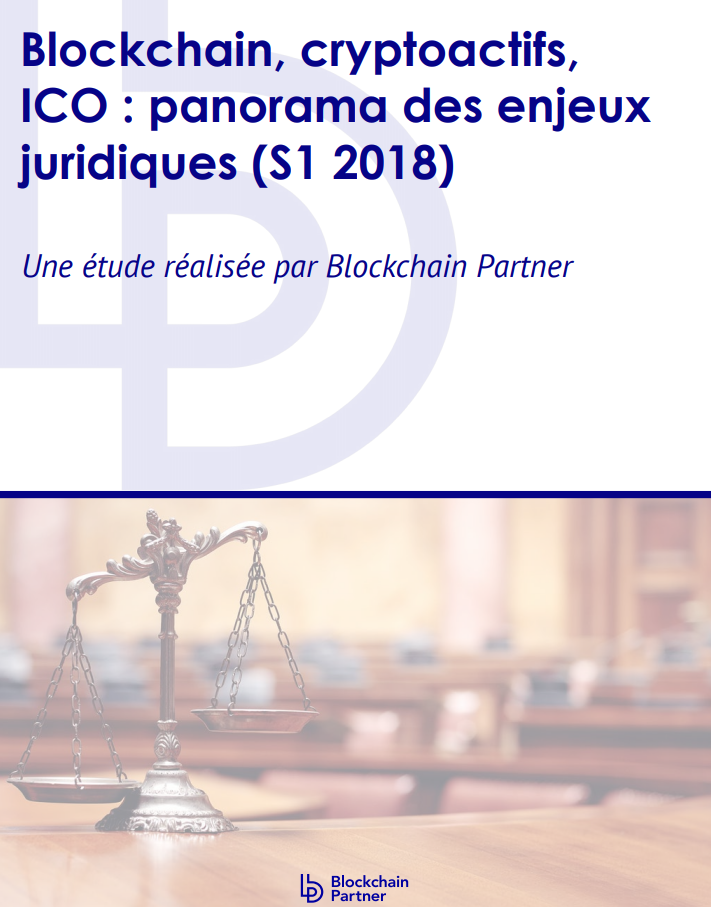Check out our new platform: https://thecapital.io

Spoiler.
In this article, we will analyze various arguments about the legal nature of the token. As a result, we come to the conclusion that the token is a conditional virtual symbol of the object of law in cyberspace, which continues to exist in the real world either in the form of a thing, or in the form of a right of claim, or in another form. The individualization of the token is carried out by fixing this token (object of civil law) to the corresponding person in a way that is determined by the protocol used on the blockchain platform. As a result, the right to the object is fixed for a specific person. Individualization of the copyright holder is carried out not by designating his name and surname, as in the usual real civil circulation, but by specifying his pseudonym — nickname or wallet number. The transfer of a token in cyberspace is equivalent to the transfer of the corresponding object of civil law in the real world and leads to the transfer of rights to the object. Therefore, the token transfer should be considered a new way of transferring civil rights.
William Gibson is credited with the following expression: cyberspace is a hallucination that exists legally and is fueled by the many millions of operations performed every day in all countries. Cyberspace today is like space where interactions between electronic entities take place. Cyberspace provides the ability to distribute, recover, exchange, and manage vast amounts of information through a variety of protocol applications. Thus, all these applications and protocols become the World Wide Web, otherwise called the Web.
Operations in cyberspace are performed according to certain rules prescribed by the program code, and the combination of these rules constitutes a computer protocol designed to perform certain functions.
Considering that cyberspace is a virtual world and, therefore, unreal, there is no place in it for traditional objects of the real world. Therefore, operations in cyberspace are performed with other, special, objects. These objects have various names, and the relationship between these objects is controversial.
For example, the term “token” is often used in legal and economic literature in different meanings.
The Swiss Financial Market Supervisory Authority FINMA in its Practical Guide on Liability for Initial Coin Offerings (ICOs) on February 16, 2018, states that the category “payment tokens” is synonymous with “pure cryptocurrencies.”

Other sources contrast tokens with other types of digital assets. For example, in the definition of a digital financial asset, which is contained in Art. 2 of the Draft Federal Law № 419059–7 of the Russian Federation “On Digital Financial Assets,” cryptocurrency and token are named as examples of different types of digital property. In turn, the token is defined as a type of digital financial asset that is issued by a legal entity or individual entrepreneur in order to attract funding and is recorded in the register of digital transactions.
This use of the term “token” has its own reasons, given that the composition of tokens is also heterogeneous.
The literature suggests several classifications of tokens according to the types of functions they perform.
For example, in the book by Artem Genkin and Alexei Mikheev, the classification of tokens proposed by Demian Brener is given:
- application tokens or token tokens;
- stock tokens;
- custom tokens;
- credit tokens.
Payment tokens, or les jetons de paiement (synonymous with genuine “cryptocurrencies”), include tokens that are accepted as a means of payment when purchasing goods or services through the intermediary of an organizer, who must ensure the transfer of these property values. Cryptocurrencies do not grant any rights in relation to the issuer.
Utility tokens, or les jetons d’utilité, are any tokens that provide access to digital content or services and are based on the use of the BLOCKCHAIN infrastructure.
The category “Investment tokens,” or les jetons d’investissement, includes such tokens that are proof of investment in capital. In particular, tokens of this category can provide an investor with a right of obligation (requirement) to the issuer or the right of membership in a corporation.
In some cases, the issue of investment tokens is qualified by FINMA as accepting deposits from an indefinite number of persons. This entails the application of the Federal Law on Banks and Savings Banks of November 8, 1934 (Loi fédérale sur les banques et les caisses dépargne, or LB) and leads to the obligation of the organizer of the ICO issue to obtain a banking license. LB contains measures to protect the population, in particular, bank creditors and their deposits.

According to L.Yu. Vasilevskaya, the token in the business network acts primarily as:
1) digital unit of price:
a) the share of the person in any business project; the share of the participant in the authorized capital of the company; share of participation in investment in construction, the performance of work, provision of services, etc.;
b) the balance sheet of the asset or liability of the property of a legal entity or enterprise as a property complex, etc.;
2) a digital price analog of uncertified securities;
3) a digital price analog of other objects of civil rights.
Different uses of the term “token” in relation to other types of digital financial assets create confusion in concepts, which can be eliminated by referring to the nature of cyberspace.
The main consequence of the total digitalization of our life is the virtualization of familiar objects of reality, i.e. converting them into a digital sequence — into an algorithmic code in the form of a file or program.
If such a digital sequence is generated, recorded, and transmitted using blockchain technology, it is usually called a token.
In the literature, it was correctly noted that “an object in a” digit “exists in the form of a token, which is considered, on the one hand, as a digital code of an object, and on the other, as a digital key by which the system manages to determine the” owner “of the token allows you to identify “your” user of the system in order to access the token for making transactions with it, and also gives a command to the system to block the actions of the “alien” person with the token. Thus, it performs the function of recognizing the authorized person in the information system.”
Obviously, a token not only cannot “convey … unique characteristics, features that determine … the value and, accordingly, the value” of a thing or other object of civil law, but it also cannot fully replace it.
An unusual situation arises when an object of civil law, which continues to exist in the real world, is taken into account, becomes an object of legal relations, and is transmitted in cyberspace.
In response to this, it is permissible to point out that a cryptocurrency, which is also fixed in the blockchain as a token, cannot exist in the real world. Accordingly, it is permissible to question the validity of an earlier conclusion.
Such an objection can be easily dismissed if the substitution of concepts, which often interferes with seeing the truth, is eliminated.
Money is not a cryptocurrency (a long sequence of numbers), not a record in a bank account, not paper money, or even gold (commodity money). Money is a certain social relation in which people agree to accept anything as a universal equivalent, even if such an equivalent does not have its own value, or it does exist but is inadequate to the face value.
In this sense, a token or its special case — a cryptocurrency is not something unique. Of a similar nature are non-cash money (entry in a bank account) or electronic money (in an intrabank account), which in itself is just a number.
By virtue of the relevant agreement concluded between the bank and the client, such a figure becomes a quantitative expression of the client’s obligation (claim) to the bank to transfer funds. Thus, a figure on a bank or intrabank account turns into a means of quantitative accounting (valuation) of the client’s right (claim) under a bank account agreement or under an agreement on the use of electronic means of payment. Considering that the specified right (claim) actually performs the function of a means of payment, non-cash or electronic funds become money, and the entry on the corresponding account turns into a symbol of this right of claim.
Unlike non-cash money or electronic money on an intrabank account, cryptocurrencies become money not by virtue of an agreement between users, which they do not conclude, but by virtue of the corresponding protocol used on the blockchain platform, to which users join by installing the appropriate software on theirs computers. As a result, a public relation arises, within which a long digital sequence begins to function as a means of payment. This public attitude exists in the real society of users of the protocol installed on the blockchain platform, and the cryptocurrency turns into a symbol of this public attitude, at the same time begins to perform the function of a means of payment and quantitative accounting of new funds.
Thus, the token and its special case — cryptocurrencies — are virtual symbols of traditional legal objects that exist in the real world, as well as relations arising in connection with them.
In addition to cryptocurrencies, tokens can represent other objects of law. Most often, such objects are rights of obligation (claims). For example, “tolls, maintenance, downloading music, parking, and even charging can all be automated through a Visa token that is stored securely in your vehicle.” In this case, the token is a symbol of a right (requirement) that arises after payment for the corresponding service.
“If you want to own a car — buy a token for a car, present this token and take possession of a car after the time stipulated by the terms of purchase. Do you want to become a shareholder in a technology startup? Welcome to the Internet — they will sell you a token for shares there.”
Considering that rights are most often verified with the help of a token, the legal nature of tokens is defined by some researchers as “right to right.” “Just as securities are only projections of things or rights, so digital rights are a projection of real (that is, those to which you are used to) objects of civil rights.” “The right to the right” because we all have lived with her for many hundreds of years.
The theory of “right to right” is very interesting in cases where the object of the right of one person is either the right of obligation (claim) of another person, or the property right of another person. However, the theory of “right to right” cannot be applied when the property right of the same person becomes the object of a person’s right. In this case, it will be necessary to admit that the object of his right is a thing.
When such ownership is certified by a token assigned to a specific person through an electronic wallet or otherwise, such a token will perform a function that is inherent in title securities or is similar to any other documents of title.
The need for such tokens in practice already exists. “Everlenger is an immutable distributed ledger for certification and transactional history of diamonds. Everlenger provides a permanent record of diamond ownership, allowing the jewelry to be identified and tracked through a single database. It (or the blockchain) records the diamond’s sequence number, and users such as insurance companies or law enforcement agencies can access its entire history, including changes in ownership and insurance features. If a diamond was stolen and “floated” on the other side of the world, the database will allow police to quickly determine the history of the product and the specifics of its insurance. Everlenger today has over 900,000 registered diamonds that can be traced through blockchain technology”.
As a result of the fixation of the token (object of civil law) for the corresponding person in the manner determined by the protocol, the right to the object is fixed for this specific person. Moreover, the individualization of the copyright holder is carried out not by indicating his name, as in the usual real civil circulation, but by the corresponding pseudonym — nickname or public key, wallet number, etc.
If we reason in a different way, applying the theory of “right to right” in all cases, it turns out that the object of absolutely all legal relations will be some other rights. But then the question arises: what should be considered the object of these latter rights? Probably another right? A “bad infinity” arises. It is permissible to present “the right to another person’s ownership.” This can be, for example, a deposit. However, it is impossible to represent “the right to own ownership”. Therefore, in cases where a token certifies the ownership of its owner to a thing that belongs to him in the real world, it must be recognized that such a token is a way of fixing ownership in the virtual world, the object of which is a thing that remains in the real world. Or otherwise — the token is a symbol of this thing in cyberspace. Whoever owns the token is the owner of the thing.
Things and rights of obligation are not the only civil rights objects that can be authenticated with tokens.
With the help of blockchain, copyrights can also be verified, for example, by fixing the moment of a hashed product transaction on the blockchain platform. In this case, the token will symbolize the copyright object (for example, a literary work), protected by one-way cryptographic encryption. The copyright holder will be the person in possession of the secret key that corresponds to the hash function of the specified copyright object.
It can be assumed that with the help of blockchain technology it is permissible to fix the rights to other protected results of intellectual activity and the means of individualization equivalent to them. It is also permissible to create special registers of such rights.
According to some researchers, “a token personalized by its holder for future use can represent an investment, equity interest, copyright or restaurant voucher … any amount and any digital asset … A token can represent anything. It can be a value such as bitcoin or a title deed” (William O’ Rorke. Le status juridique des criptoactifs).

Taking into account the fact that the concept of “token” is heterogeneous, the following point of view on the legal nature of the token was expressed in the literature. According to William O’Rorke, “the token can be what its owner needs. In France, the token belongs to the category of movable property and is subject to general provisions of civil law. As a new object of civil law (a kind of “digital UFO”), the token requires the use of a sui generis regime, which would correspond to the way of using it, which is chosen by its user: fundraising, exchange of securities, or donation, etc.”
Thus, the token is a conditional virtual symbol of an object of law in cyberspace, which continues to exist in the real world either in the form of a thing, or in the form of a right of claim, or in another form. Accordingly, the right holder of such an object of law should be considered the person who has the corresponding private (or secret) key to such an object.
The specified feature of the token allows you to establish another function of the token, which it performs in cyberspace.
The literature indicates that “blockchain systems are similar to e-mail, but instead of letters, for example, money orders, copyrights, and other claims can be sent in them.”
Consequently, the transfer of a token in cyberspace is equivalent to the transfer of a thing in the real world and at the same time entails the transfer of ownership of the thing in the real world.
In turn, the transfer of a token in cyberspace, symbolizing the right of obligation (requirement), is equivalent to the transfer of the corresponding right (requirement) in the real world. Copyright can be transferred similarly.
Based on the above, the following conclusions are substantiated:
1. A token is a conditional virtual symbol of an object of law in cyberspace, which continues to exist in the real world either in the form of a thing, or in the form of a right of claim, or in another form.
2. The individualization of the token is carried out by fixing this token (object of civil law) to the corresponding person in a way that is determined by the protocol used on the blockchain platform. As a result, the right to the object is fixed for a specific person. Individualization of the copyright holder is carried out not by designating his name and surname, as in the usual real civil circulation, but by specifying his pseudonym — nickname or wallet number.
3. The transfer of a token in cyberspace is equivalent to the transfer of the corresponding object of civil law in the real world and at the same time leads to the transfer of rights to the object. Therefore, the token transfer should be considered a new way of transferring civil rights.

https://twitter.com/thecapital_io
TOKEN AS A VIRTUAL OBJECT OF CIVIL LAW was originally published in The Capital on Medium, where people are continuing the conversation by highlighting and responding to this story.
from The Capital - Medium https://ift.tt/35D8c2I
0 Comments